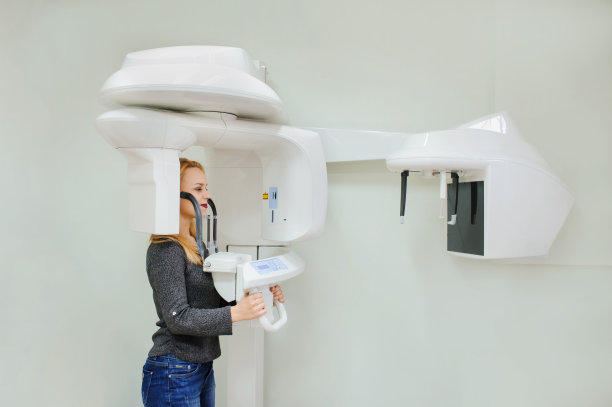Understanding the Process and Importance of Extracting a Tooth for Better Oral Health Care
Summary: Extracting a tooth is often viewed as a last resort in dental care, yet it plays a crucial role in maintaining optimal oral health. This article delves into the intricate process of tooth extraction, highlighting why this procedure may be necessary. We will explore the conditions that necessitate tooth removal, discuss what individuals can expect during the extraction process, and consider the aftercare needed for proper healing. Additionally, we will examine the long-term benefits that come from tooth extraction and how it can lead to improved oral health overall. By understanding these various aspects, individuals can make informed decisions about their dental care and the importance of tooth extraction when applicable.
1. Reasons for Tooth Extraction

Tooth extraction may become necessary due to various dental issues, including severe decay that compromises the tooths structural integrity. When cavities reach deep into the tooth, they can lead to painful infections, making the extraction process essential. In such cases, saving the tooth may be impossible, and removing it can alleviate pain and prevent further complications.
Another common reason for tooth extraction is periodontal disease, which damages the gums and bone supporting the teeth. If left untreated, this condition can lead to tooth mobility and loss. Removing affected teeth allows for better management of the disease and can facilitate the health of surrounding teeth.
Furthermore, tooth extraction may be required for orthodontic reasons. In scenarios where there is overcrowding of teeth, the removal of one or more teeth can create space needed for proper alignment. This procedure is integral to ensuring a successful orthodontic treatment outcome.
2. The Tooth Extraction Procedure Explained
The process of tooth extraction typically begins with a thorough examination and imaging of the affected area. Dentists may use X-rays to identify the tooths position and determine the best approach for extraction. Once this step is completed, the dentist will discuss anesthesia options to ensure the patient remains comfortable throughout the procedure.
During the extraction, the dentist will carefully loosen the tooth from its socket using specialized instruments. For teeth that are impacted or deeply rooted, surgical extraction may be necessary, which involves making an incision in the gum tissue. This meticulous process ensures that the tooth is removed with minimal impact on surrounding tissues.
Post-extraction, the dentist will provide specific instructions for care, which may include biting down on gauze to control bleeding and recommendations for pain management. Understanding these steps can mitigate anxiety for patients undergoing extraction and contributes to a smoother experience.
3. Aftercare for Optimal Healing
After a tooth extraction, proper aftercare is vital for facilitating healing. Patients are often advised to rest and avoid strenuous activities for at least the first 24 hours post-surgery. This period allows the body to begin the healing process without unnecessary strain.
Additionally, patients should follow their dentists dietary recommendations, which typically suggest sticking to soft foods and avoiding anything hot, spicy, or crunchy that could irritate the site. Staying hydrated is important, but its crucial to avoid using straws, as the suction can dislodge blood clots needed for healing.
Monitoring the extraction site for signs of complications such as excessive bleeding or infection is also essential. Patients should not hesitate to contact their dentist if they experience unusual symptoms, as early intervention can prevent more serious issues.
4. Long-Term Benefits of Tooth Extraction
The long-term benefits of tooth extraction extend beyond immediate relief from pain or discomfort. By addressing severe decay and periodontal disease, patients can improve their overall oral health and reduce the risk of future dental complications. When problems are dealt with promptly, it minimizes the chances of requiring more extensive treatments later on.
Moreover, successful tooth extraction can enhance the performance and health of neighboring teeth. By alleviating overcrowding or enhancing gum health, the extraction can lead to improved alignment and function, especially in cases related to orthodontic treatment.
Ultimately, extracting problematic teeth can lead to a healthier mouth, resulting in better chewing ability, a more aesthetic smile, and improved self-confidence as individuals feel more comfortable with their oral appearance.
Summary:
In summary, understanding the process and significance of tooth extraction helps patients appreciate its role in maintaining oral health. This procedure may be necessary for various reasons, including severe decay, periodontal disease, and orthodontic needs. By knowing what to expect during the extraction and the importance of proper aftercare, individuals can promote effective healing. The long-term benefits often outweigh the discomfort, leading to healthier oral conditions overall. Therefore, knowledge and preparedness are key components in navigating tooth extraction for optimal dental health.
This article is compiled by Vickong Dental and the content is for reference only.


